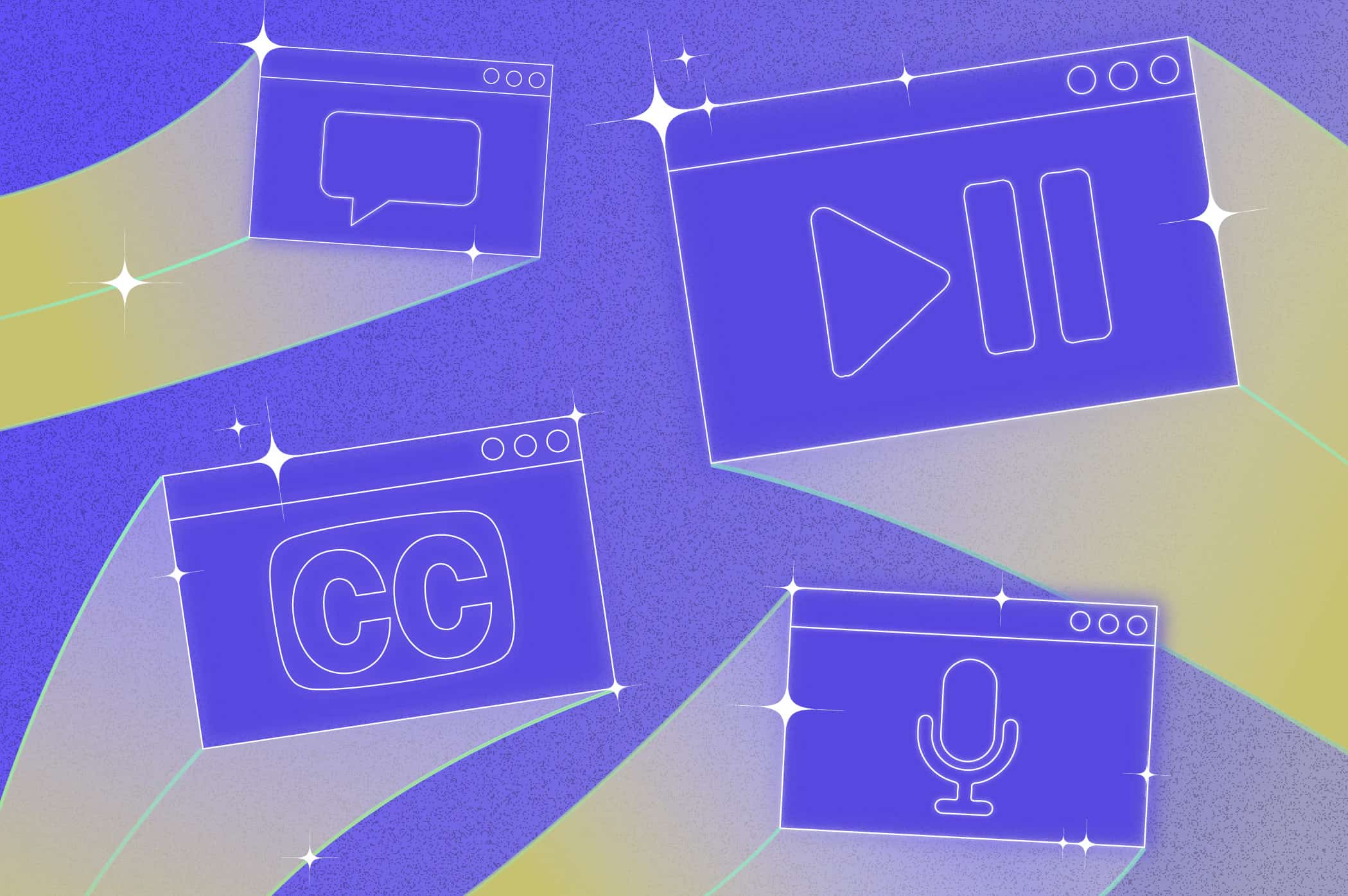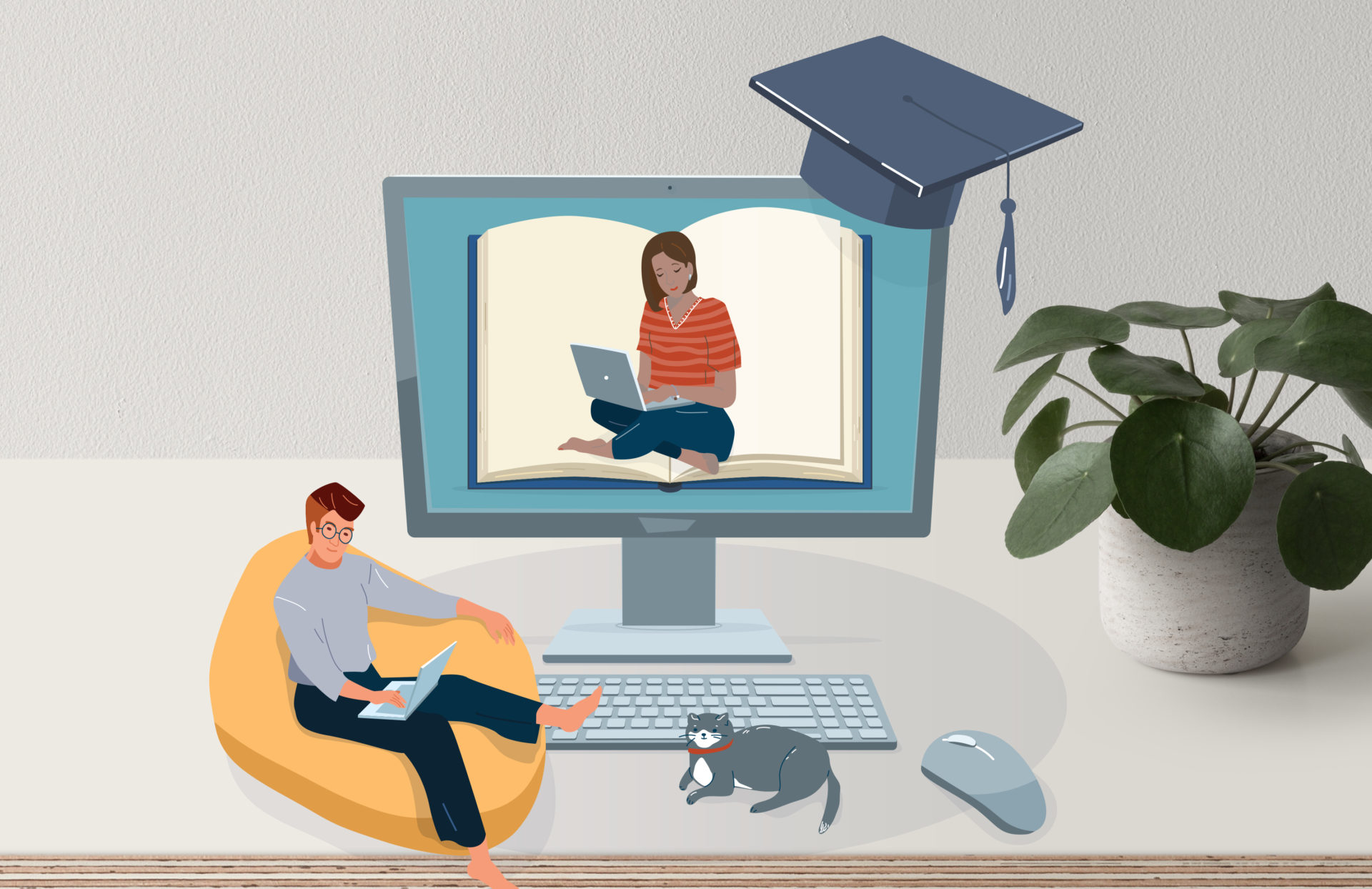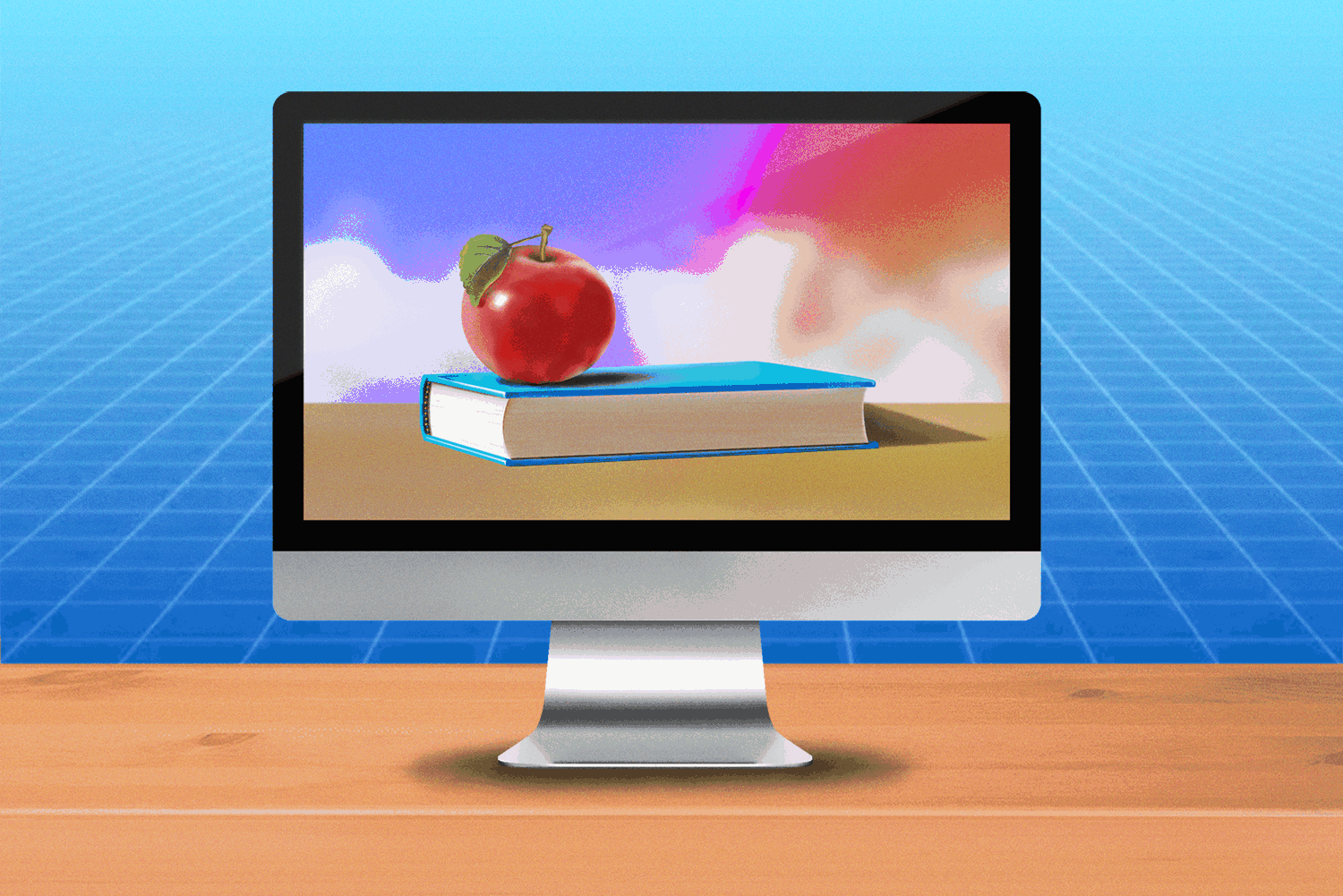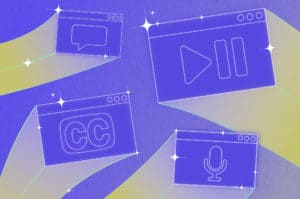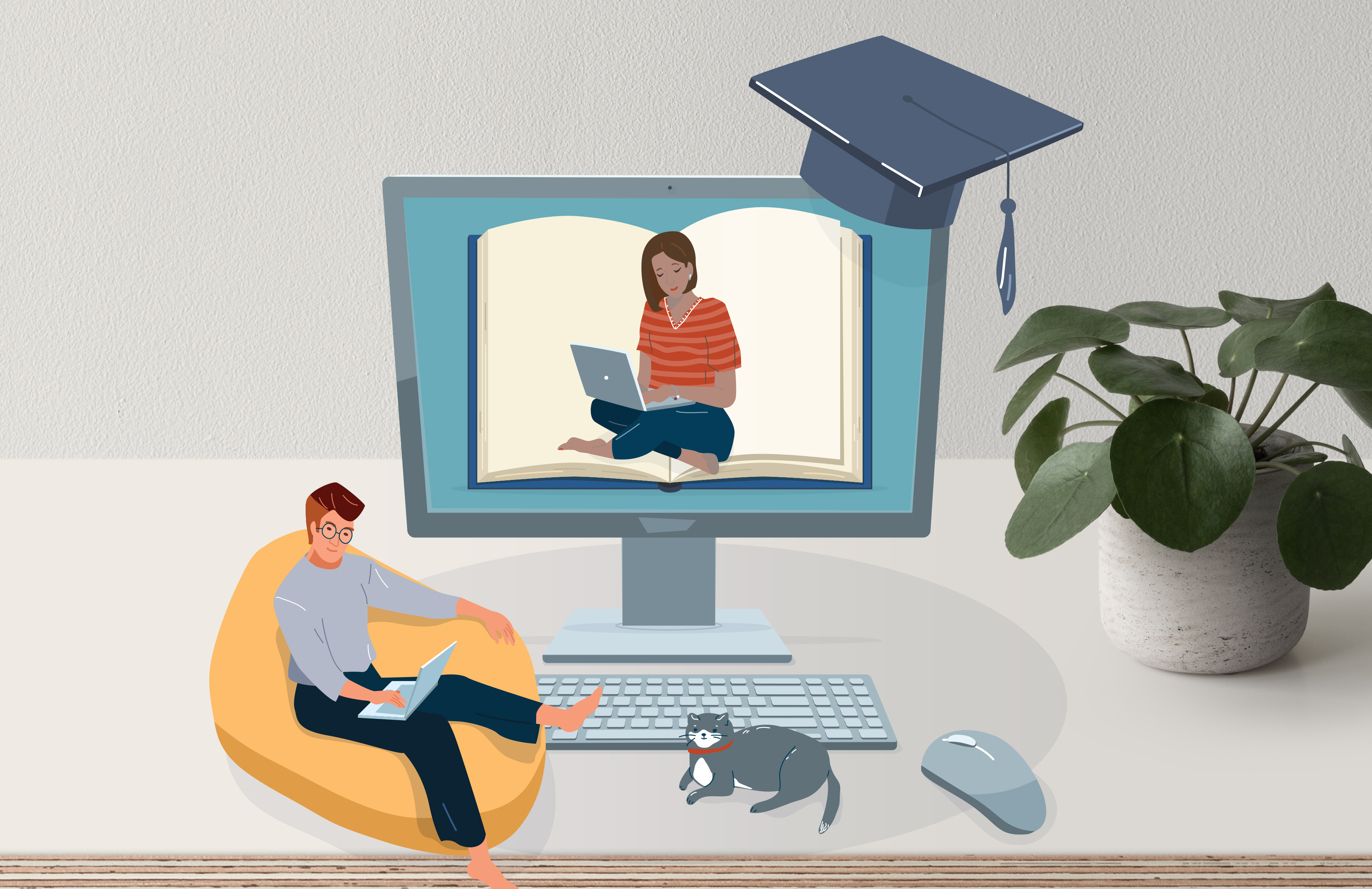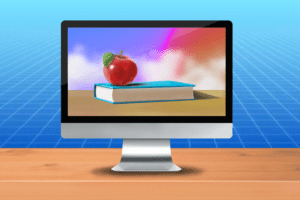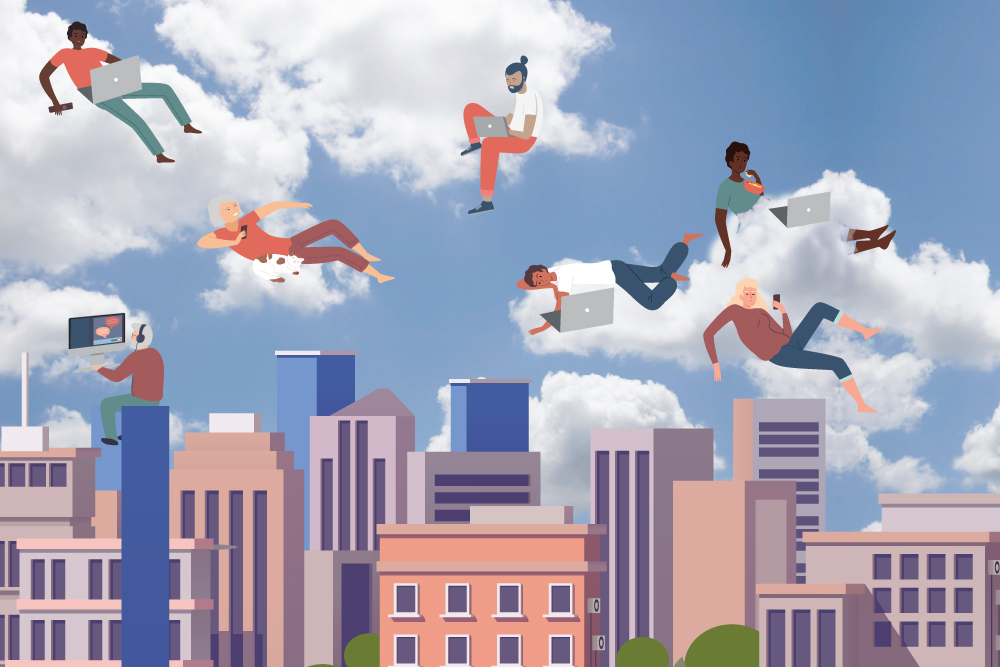
Accessible Design: A New Priority for Big Tech Companies
Accessible design is becoming more and more common across the world. And though it took some of them a while to get there, the biggest tech companies are now at the forefront of innovation in this field.
These days, most of us have a hand-held accessibility device that we use every day – our smartphones. They are regularly updated with new software, can download any accessibility app the world has to offer, and they often have accessibility hard-wired into their design.
Big tech companies now understand that when technology is designed with accessibility baked in, it makes the product better for everyone. As internet pioneer – and now Chief Internet Evangelist at Google – Vint Cerf has said, “[Accessibility] must be thought through during the design phase of any product. Accessibility and ease of use go hand in hand… There is no excuse for making products that are not accessible.”
Some technologies that were once considered ‘assistive’, and imagined as technology that supported only a minority population, are now mainstream. These include the widespread use of closed captions, voice guidance on GPS, and accessible technology set-ups for the home office.
How big tech tells the story of accessibility
These days, the largest tech companies show off their commitment to accessibility in various, high-profile ways.
One demonstration of a company’s focus on accessibility is employing people to focus on it. Microsoft has a Chief Accessibility Officer, Facebook has a Head of Accessibility, Apple has a Director of Global Accessibility Policy, and Google has a Director of Accessibility.
Another way these large tech companies display their attention to accessibility is through their marketing. Quite a few have webpages showcasing their commitment to accessibility.
- IBM: “Beyond compliant. Accessibility is not just a practice, it’s a culture and a mindset.”
- Adobe’s Access Resources: “Adobe is dedicated to supporting accessibility and provides a wide range of practical information to users who are interested in accessibility issues.
- Microsoft: Microsoft is committed to accessibility. There are no limits to what people can achieve when technology reflects the diversity of everyone. Our products and services are designed for people of all abilities.
- Apple: “Technology is most powerful when it empowers everyone.”
- Facebook: “Facebook is committed to creating a great experience for all people.”
- Amazon: “Amazon’s vision is to be Earth’s most customer-centric company, and we’re working hard to make it easier for customers with disabilities to enjoy everything Amazon has to offer across our devices, services, and more.”
- Amazon’s Alexa Accessibility Hub – “Alexa Accessibility; Make more possible with Alexa. Alexa continues to open possibilities and new ways to experience the world. Alexa’s accessibility features are helping people be more connected, more entertained, and more independent.”
The hard evidence: Accessibility features
Then there are the product feature announcements that bring accessibility home.
Apple recently announced that in its latest iOS update has a new sound recognition feature that will alert a user via text when it detects 14 sounds, including a door knock, doorbell, sirens, smoke detector alarm, dog barking, a crying baby, and more.
Google has made several accessibility feature updates this year. The juggernaut also announced a major update to its Android Voice Access accessibility feature, which gives someone more voice control over their Android phone. Now, someone can speak naturally to their Android phone to perform a number of actions. For example, someone can say to their phone, “Open Twitter, compose tweet” to open the Twitter app and start composing a tweet.
Earlier this year, Google also unveiled a new mode in Google Maps called Accessible Places, which makes wheelchair accessibility info more prominent in Google Maps.
And yet another Google accessibility announcement was the company’s live captions, which now work with media that plays on your phone, like a YouTube video as well as with voice and video calls.
Even the video gaming industry – which has long been notoriously inaccessible for players with disabilities – has made huge strides recently with the release of Naughty Dog’s The Last of Us Part II, considered by many critics to be “the most accessible game ever” and, a couple of years earlier, the Xbox Adaptive Controller from Microsoft.
Moving into new territory
And tech companies aren’t stopping there. Many understand the tremendous value accessibility brings and are talking about what’s on the horizon in the accessibility space.
Good Maps is working on mapping interior spaces to help people understand interiors with the same detail available for exterior maps. And of course, self-driving cars.
Morphic’s vision is the auto-personalization of any computer – the whole experience, not just individual software programs. This means any computer would adjust all software and programs to an individual’s needs, such as the font size, language, contrast, or making certain features easier to find without having to make all these types of adjustments bit by bit.
Technology has played a huge role in bringing accessibility to people, and there is so much more innovation on the horizon. It’s an exciting time in history.
At Ai-Media, we are also constantly innovating to make sure that captioning, transcription and translation accessibility services are top-quality and affordable so it’s available to everyone. Stay tuned, and we’ll continue to share our latest cutting-edge updates.
And if you want to know more about Ai-Media or our accessibility services, visit our website or get in touch with our friendly team.



